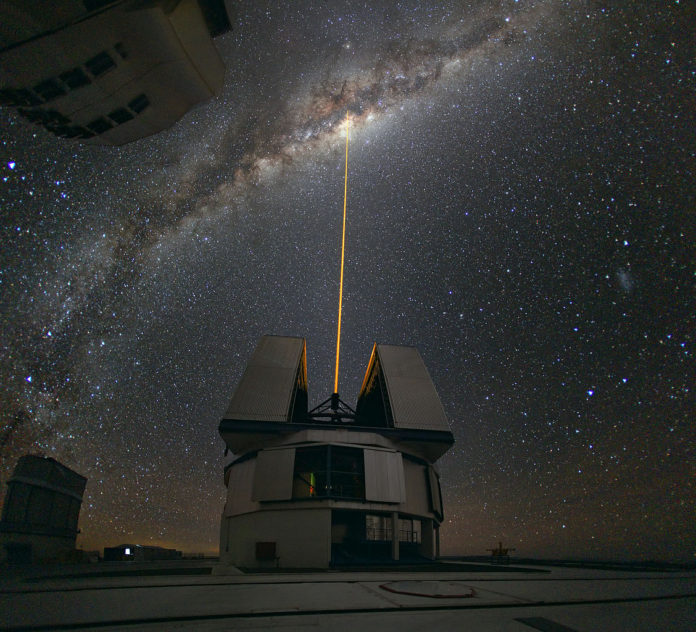Back in the 1960’s scientists found out that very occasionally our planet gets hit by cosmic rays of big energies and since then they’ve been battling it out trying to determine the source of those rays. Did they originate from our own galaxy or another nearby? According to recent research, the answer is another galaxy far away.
The Pierre Auger Observatory is located in Argentina and has been gathering data on these cosmic rays for over ten years now. Studies have confirmed that the rate of these particles are around six percent greater on one side of the sky in comparison to the other where the distribution of galaxies is particularly high.
“We are now considerably closer to solving the mystery of where and how these extraordinary particles are created – a question of great interest to astrophysicists,” stated Professor Karl-Heinz Kampert, spokesperson for the Auger Collaboration. “Our observation provides compelling evidence that the sires of acceleration are outside the Milky Way.”
High-energy cosmic rays are fairly rare in that they only strike around once every kilometer per year. The reason they’re even detectable is that of the secondary particle shower they create as they come into contact with the nuclei in the atmosphere. Spraying out into the atmosphere, these cosmic ray showers are detected at the Auger Observatory by the light in which they produce.
The Auger Collaboration now has more than 30,000 cosmic particle detections under its belt. With all that data to hand, researchers have found that one section of the sky produces much more than any other, and the chance of this being a random coincidence fluctuation is almost non-existent.
These observations are proof that ultra-high energy cosmic rays aren’t just random occurrences. “The imprint detected in their arrival directions – a tantalizing evidence for extragalactic origin — required several years of observations with a detector working, in Jim Cronin’s words, ‘like a Swiss clock.’ It was a tribute to Jim’s vision to build an observatory and unveil the mystery of the origin of the most energetic particles in the universe,” said Paulo Privitera, UChicago professor in astronomy and astrophysics.
More News to Read
- Meet Robo R2 – The High-Performance 3D Printer With WiFi
- Scientists Discover a New Way to Repair DNA
- Your Newborn Baby Keeps you Up All Night, Tranquilo Mat Here to Help
- Potential Treatment Discovered for Controlling Bleeding Brains After Strokes
- Hubble Telescope Reveals Unusual Object in the Asteroid Belt

